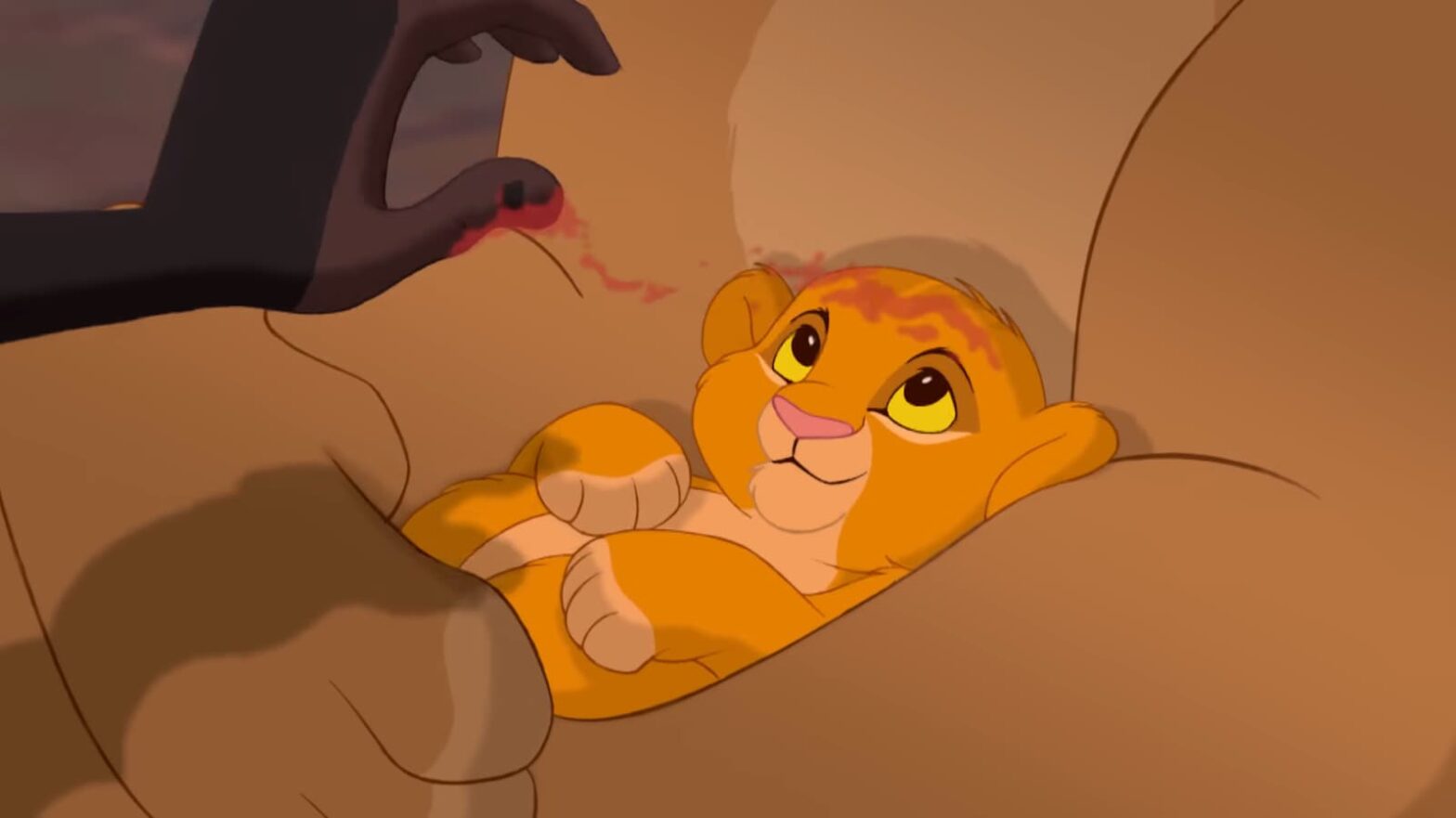Welcome to the mesmerizing world of Zoetrope animation, where the past meets present in a captivating dance of images. In this comprehensive exploration, we will unravel the essence of Zoetrope, delving into its history, mechanics, creation process, and its relevance in contemporary art.
Understanding Zoetrope Animation
Zoetrope, derived from the Greek words “zoe” (life) and “tropos” (turn), is a pre-cinematic device that produces the illusion of motion through a rapid display of static images. It stands as a testament to the early ingenuity of animation, captivating audiences with its simple yet mesmerizing mechanism.
The Fascinating History of Zoetrope
The history of Zoetrope traces back to the 19th century when it emerged as a groundbreaking invention. Created by William George Horner, the device became a popular form of entertainment, enchanting people with its ability to breathe life into illustrations.
How Zoetrope Animation Works
At its core, Zoetrope consists of a cylindrical drum with vertical slits and a sequence of images inside. When the drum spins at the right speed, viewers look through the slits, creating the illusion of continuous motion. This ingeniously simple concept paved the way for the evolution of animation.
Discover how Zoetrope create animations with light
Creating Zoetrope Animations: A Step-by-Step Guide
Let’s explore the process, from conceptualization to the final spin, turning static images into a dynamic spectacle:
- Conceptualize Your Animation: Plan a sequence of images that will come to life in your Zoetrope. Consider the narrative or movement you want to portray;
- Create Individual Frames: Design a series of still frames, ensuring they seamlessly flow from one to another when viewed in rapid succession;
- Arrange Frames Inside the Drum: Place the frames in sequential order inside the cylindrical drum, maintaining proper spacing between each image;
- Add Speed Control: The speed at which the Zoetrope spins affects the animation’s fluidity. Experiment with different speeds to find the optimal visual result;
- Illuminate and Enjoy: Ensure proper lighting conditions, and with a swift spin, watch as your static images transform into a moving story.
Zoetrope vs. Modern Animation Techniques
While Zoetrope holds its historical charm, modern animation techniques, such as CGI and digital animation, offer unparalleled flexibility and realism. Let’s explore the strengths and limitations of Zoetrope in comparison to contemporary methods.
Zoetrope Strengths:
- Historical significance and charm;
- Simple yet effective animation;
- Physicality and tangible experience.
Limitations:
- Static image constraints;
- Limited duration and complexity.
Modern Animation
Strengths:
- Infinite creative possibilities;
- Realistic and dynamic animations;
- Digital enhancements and effects.
Limitations:
- Requires advanced technology;
- Potential loss of tangible interaction.
Applications and Impact of Zoetrope in Contemporary Art
The Zoetrope’s enduring legacy manifests in contemporary art across renowned venues, captivating audiences worldwide. Leading museums such as the Museum of Modern Art (MoMA) in New York and the Tate Modern in London feature avant-garde installations integrating Zoetrope, where artists merge nostalgia with cutting-edge concepts.
These installations redefine storytelling, as the Zoetrope becomes a bridge between history and innovation, creating immersive experiences that resonate with diverse audiences.
In the realm of contemporary short films, directors harness the Zoetrope’s unique storytelling capabilities. Experimental filmmakers, like those showcased at the Sundance Film Festival, explore Zoetrope’s rhythmic interplay of images to craft narratives that push the boundaries of conventional storytelling.
The impact reverberates in the film industry, inspiring a resurgence of interest in practical effects and traditional animation techniques.
Exploring Zoetrope Collections and Exhibitions
Globally, institutions celebrate Zoetrope’s artistry through curated collections and exhibitions, providing tangible encounters with animation history. The Smithsonian National Museum of American History in Washington, D.C., hosts a comprehensive Zoetrope collection, guiding visitors through its evolution and illustrating its profound influence on visual storytelling.
Additionally, the Cinémathèque Française in Paris showcases Zoetrope in exhibitions that delve into the roots of animation, exploring its transformative journey from early optical toys to cinematic marvels.
Zoetrope’s impact extends beyond conventional art spaces, influencing interactive displays in technology-driven museums like the Museum of the Moving Image in New York.
These exhibitions redefine Zoetrope as not just a relic of the past but a dynamic force shaping the intersections of art, technology, and storytelling in our contemporary cultural landscape.
Conclusion
Zoetrope stands as a testament to the ingenuity of early animators, weaving an intricate dance between static images and motion. While modern animation techniques have evolved, Zoetrope remains a captivating journey into the roots of animated storytelling.
Whether admired for its historical significance or integrated into contemporary art, Zoetrope continues to inspire and delight audiences around the globe.



